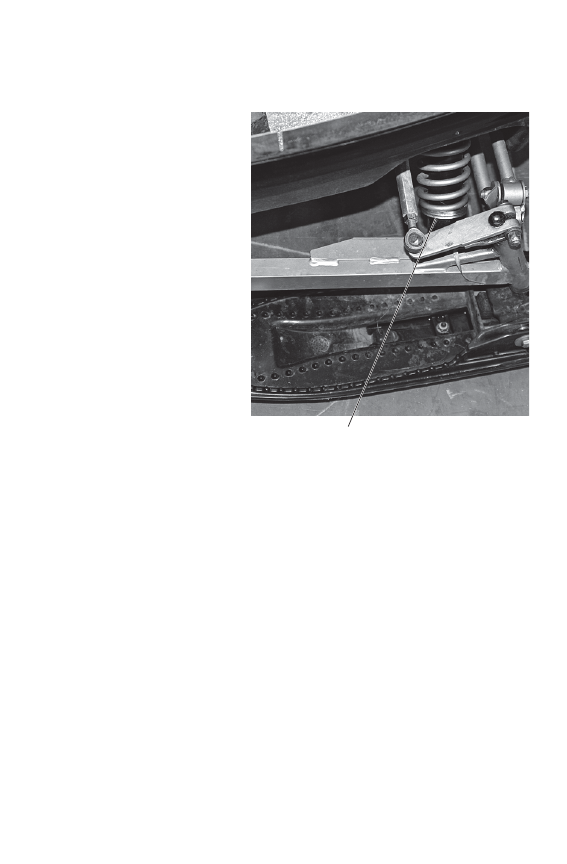Snowmobile Polaris Widetrak LX (2014 year). Manual - part 8

33
THE PERFECT FIT
Front Suspension Adjustments
Shock Spring Preload
Increasing spring preload
will increase ski-to-ground
pressure. Decreasing spring
preload will decrease ski-
to-ground pressure.
Front Springs
For models without
externally adjustable or
revalvable shocks, the front
springs can be changed if
spring preload alone isn’t
sufficient and further
adjustment is desired to
control suspension
stiffness. Special tools are
required to adjust front
springs. If you feel that
your front suspension needs
adjustment see your
POLARIS dealer for more
information.
Front Shock Washers